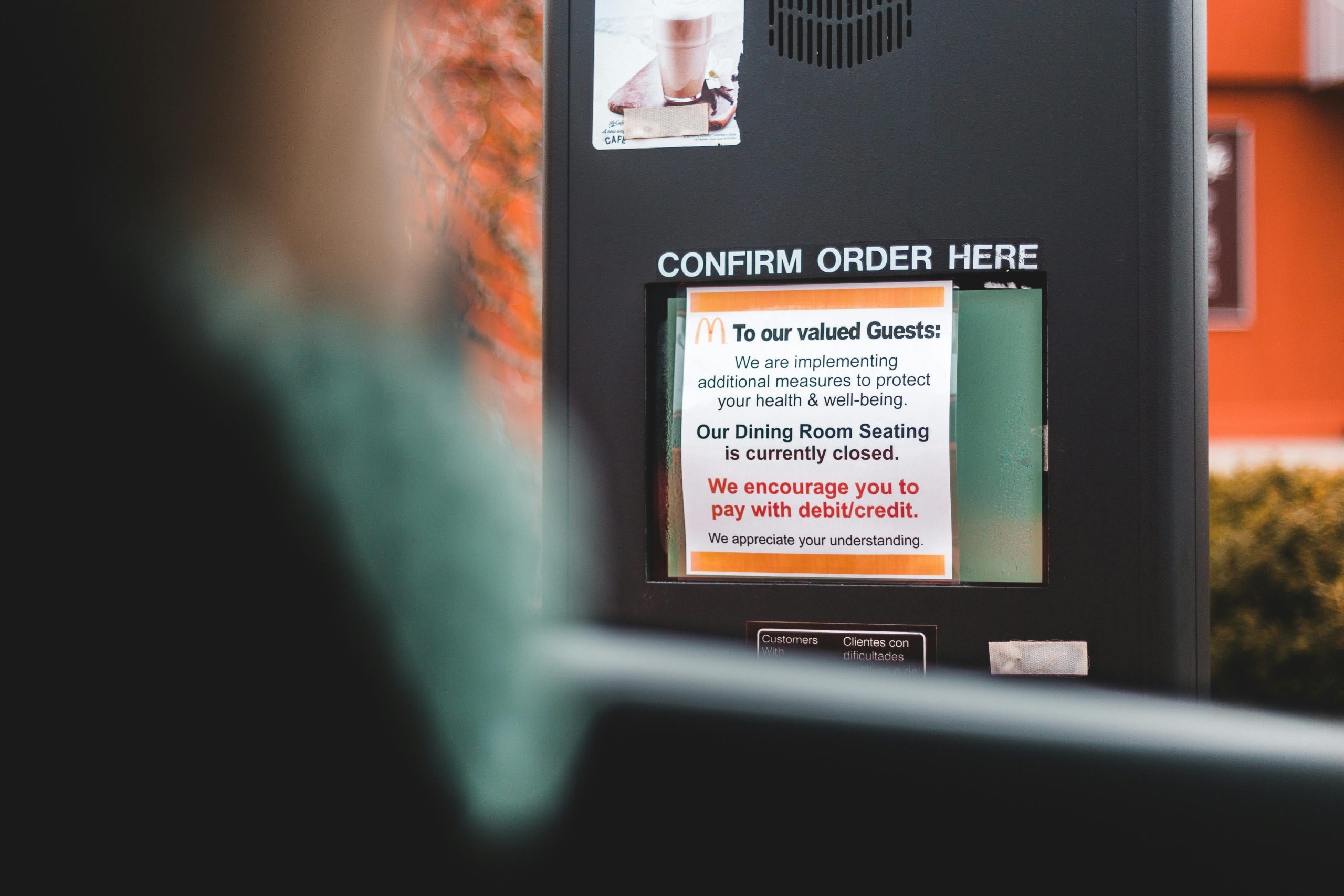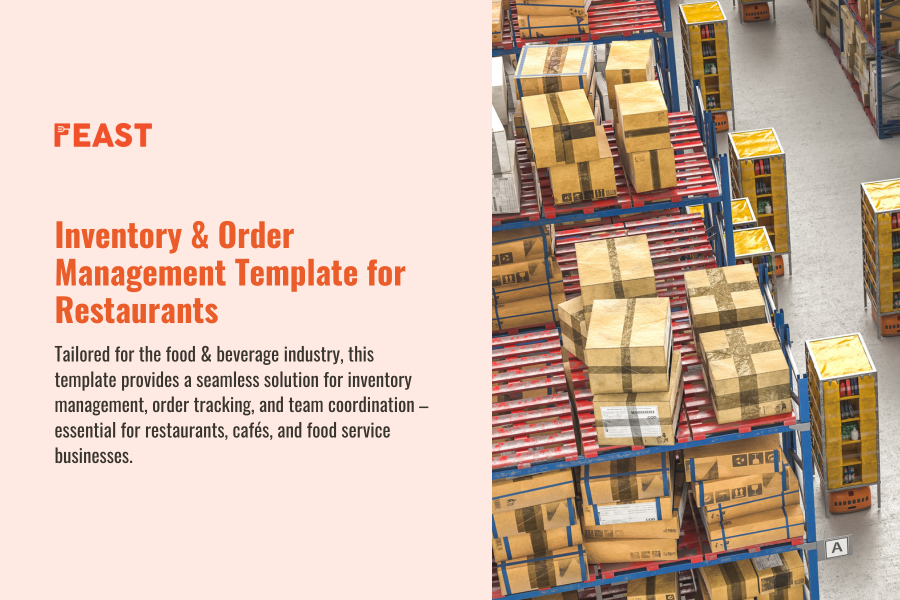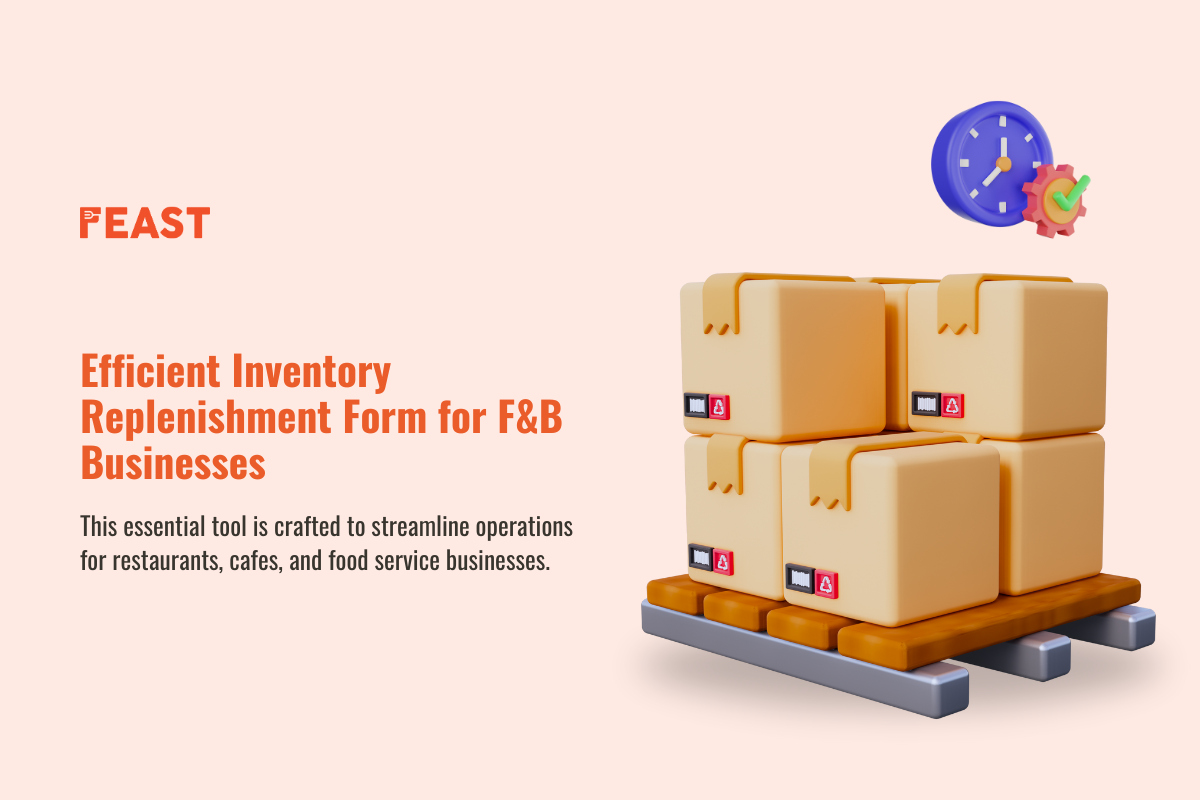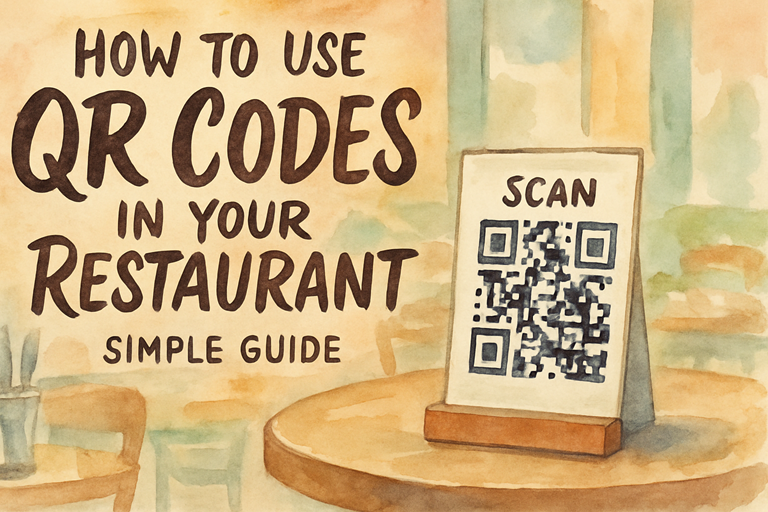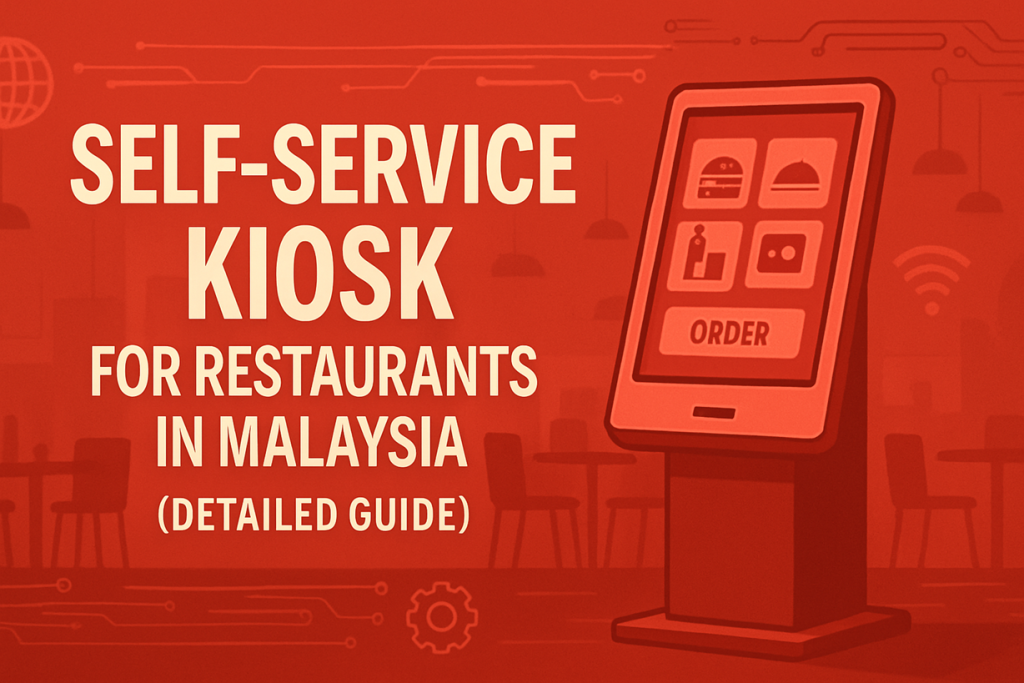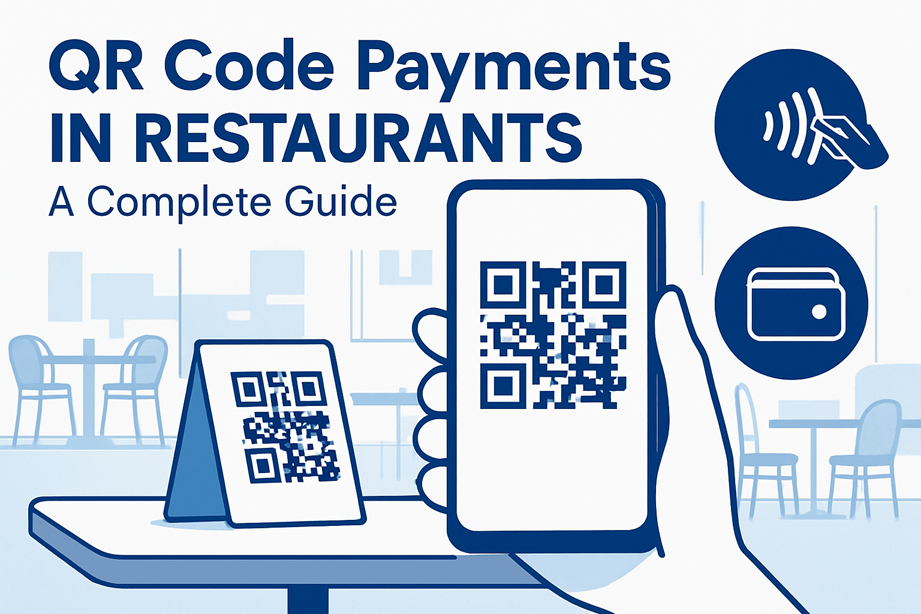If you’re thinking of ways to improve how people place orders at your place, you’re not alone. More and more food businesses are turning to tech tools like QR ordering and self-ordering kiosks. QR code ordering is best for restaurants with tech-savvy customers and limited space, while self-ordering kiosks suit high-traffic areas with larger budgets. The best system depends on your customers and setup. Both help speed up service, reduce human error, and give your staff more time to focus on preparing good food. But which one suits your setup best? Let’s walk through the differences between QR code ordering and a kiosk ordering system so you can decide what works better for you.
What are the Differences between the QR Code Ordering System and Self Self-Ordering Kiosk?
The Ordering Process
QR code restaurant ordering is simple. Your customers scan a QR code placed on the table using their phone. The code takes them to a digital menu where they can browse, order, and pay—all on their device. It’s quick and doesn’t require anyone to wait in line or flag down a staff member.
A self-ordering kiosk for restaurant use is a touchscreen device placed at the entrance or ordering counter. Customers walk up to the machine, view the menu, customize their orders, and pay through the kiosk itself. Some kiosks print a receipt, while others send the order directly to your kitchen.
Both systems reduce queues and give customers control over the ordering process. But QR ordering gives customers the comfort of using their own phone, while a restaurant self-service kiosk requires them to physically interact with a shared machine.
Usage of Hardware
The QR code ordering system doesn’t require much hardware. You only need printed QR codes and a good Wi-Fi connection. The rest happens on your customers’ phones. No tablets. No screens. No physical machines.
On the other hand, a self-ordering kiosk needs a touchscreen terminal, a stable stand or counter, a payment machine, and in some cases, a printer. You’ll also need to install these kiosks in visible spots, which means setting aside space for them.
So, if you have limited space or want to avoid big hardware costs, QR code ordering is easier to set up and manage.
Technical Support Needs
Since QR code ordering runs on cloud-based software and customers’ mobile devices, technical issues are minimal. Most updates happen automatically. If something breaks, it’s usually related to internet or payment gateway issues.
But a kiosk ordering system has more parts—screen, payment devices, printer—which means more chances of something going wrong. You might need regular maintenance or on-site repairs. If your kiosk is down, that can slow down orders.
If you don’t have in-house tech support, maintaining a restaurant self-service kiosk might need extra time or money. With QR code restaurant ordering, you can run things more smoothly with fewer tech worries.
Meeting Your Customer Needs
You know your crowd best. If your customers are younger or used to digital tools, they’ll quickly adapt to QR ordering. A 2022 Statista survey found that 56% of millennials and Gen Z prefer mobile ordering over talking to staff. It saves time and gives them more control.
However, if your customers include older adults or people not comfortable using smartphones, a self-ordering kiosk for restaurant setups might feel easier. Kiosks have larger screens, easy-to-read fonts, and help buttons. They also support people without smartphones or with low battery.
So, think about who your regulars are. That can help you pick the right ordering experience for them.
Advantages of QR Code Ordering
One major benefit is affordability. Since there’s no hardware to install, you save money right away. It’s easy to launch and can work even with a small team. You also collect useful data about what’s being ordered, by whom, and when, helping you plan stock and improve service.
It also reduces staff pressure. Your team doesn’t have to take every single order manually. Instead, they can focus on preparation and service.
Disadvantages of QR Code Ordering
Not all customers are comfortable using their phones for ordering. Some may struggle with scanning, internet issues, or just prefer personal interaction. If your internet connection is weak or your customers aren’t tech-savvy, this method could lead to frustration.
Also, if your menu is heavy on visuals, a phone screen might not give the same impact as a larger screen would.
Advantages of Self-Ordering Kiosks
Self-ordering kiosks give a modern, premium feel to your place. They are easier for people who want to see large images, touch the screen, and go through the menu at their own pace. You can upsell easily by showing combo offers and add-ons during checkout.
According to QSR Magazine, restaurants using kiosks see up to 20% higher average check sizes, mostly because customers explore the menu more deeply on their own.
They also work well in high-traffic places like malls or food courts, where fast service and visual menus help customers make quick decisions.
Disadvantages of Self-Ordering Kiosks
They come with a higher setup cost. A full kiosk ordering system—including screen, casing, software, and maintenance—can cost between RM 8,000 to RM 20,000 per unit. And you’ll need more than one if you expect long queues.
They also take up space and need regular cleaning, especially with multiple people touching the screen every hour.
How to Choose the Right One?
Start by thinking about your customers. Do most of them have smartphones? Are they comfortable using digital tools? If yes, go with QR code ordering. It’s low-cost, easy to manage, and quick to set up.
If you’re in a high-traffic spot with many walk-ins, a restaurant self-service kiosk might be better. It gives you better control over upselling and helps move queues faster during peak hours.
Also, think about your team. If you’re short on staff and need something that works automatically with fewer breakdowns, the QR code ordering system is a better pick. If you’re okay investing in hardware and can handle maintenance, a kiosk ordering system can lift your brand image and sales.
Why Choose EasyEat?
If you subscribe to EasyEat Pro, you will get the feature of QR ordering that can help your customers place orders at lightning speed. They have to scan the QR code and they have to select what they want, and make the payment. And Voila! Their order will be placed. The best part about EasyEat’s QR ordering system is that you will get the data of your customers, which you can later use to send them promotional emails and also retain them. EasyEat QR ordering will help you with CRM, which will ensure that all of your customer-related metrics keep growing.
FAQs
If you’re still unsure, EasyEat’s team is always ready to help you figure out what fits your setup best. Just reach out, and let’s build the right solution together.

